Is it really possible to make good money teaching online?
The short answer: absolutely!
Are you a teacher who wants to start your own online teaching business?
Or perhaps you’re an entrepreneur who wants to share your expertise through online courses that will also expand your audience, credibility, and online reach?
Whatever your background or primary motivation, teaching online can be both extremely rewarding and endlessly lucrative.
Especially in a post-COVID world where virtual offerings are not only commonplace but expected, online teaching is skyrocketing in demand in all fields and industries.
In this post, we’ll show you why you should teach online and what qualifications you’ll need to get started.
Then, we’ll go over a few common ways to make money by teaching online, and outline a seven-step process for beginning the course creation journey for yourself.
Jump to a Section
Why You Should Teach Online
The Qualifications You Need to Teach Online
Different Ways to Teach and Earn Money Online
Step by Step of Making Money Teaching Online
Why You Should Teach Online
While traditional classes typically take place in a classroom at a specific date and time, online classes can take place anywhere you have an internet connection.
Teachers and students alike can benefit from the flexibility in time and location that virtual classes offer.
As a teacher, this also means you’ll be able to reach a wider base of students across the globe—connecting with more students, as well as potentially generating a higher income.
While you may worry that the quality of your online course won’t be quite up to par with an in-person course, that’s not necessarily the case.
Of course, you can’t just upload videos of yourself lecturing and expect students to get the same from your online course as they would from an in-person course.
You’ll need to be innovative in finding ways to fit your content into a virtual medium.
It’s true that creating an effective online course requires some creativity in recreating the same learning experience as an in-person setting.
However, that just means there’s room for boundless flexibility and ingenuity that can lead to the same (or better) quality learning experience for your online students.
The Qualifications You Need to Teach Online
Traditional qualifications for teaching at a post-secondary level include holding a master’s degree or Ph.D. in your field of expertise, along with certificates in education and any additional credentials that are standard in your field.
Teachers at primary and secondary levels also need to be properly certified.
Those who plan to teach elementary, middle, or high school usually need a bachelor’s degree, while teaching at a public school also requires a state license in most cases.
However, while those qualifications are never a bad idea, today’s online course creators are not all traditional college professors or licensed school teachers.
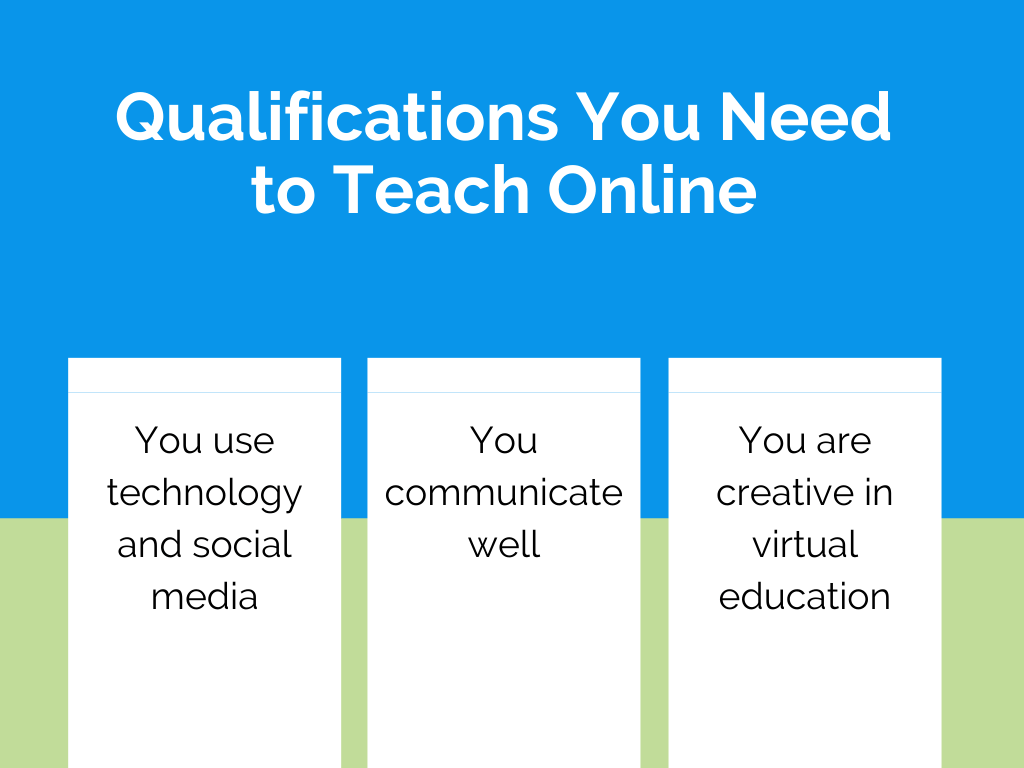
Many businesses and entrepreneurs choose to develop their own courses, where formal teacher training is less important than the ability to:
- Utilize technology and social media;
- Communicate well; and
- Find creative ways to deliver educational content through a virtual medium.
The most effective online teachers understand what it’s like to take a course online.
They have the ability to translate traditional course material (like textbook readings and lecture notes) into more appropriate formats for online learning, such as quizzes, videos, and other downloadable materials and activities.
They also know how to utilize discussion boards and chat rooms to their fullest extent.
Today’s online learning environment is just as much about ingenuity and tech-savviness as it is about traditional teaching qualifications.
Different Ways to Teach and Earn Money Online
As the world of online learning expands, so does the variety of available opportunities. There are many different ways online teachers can educate students and earn money online.
Let’s look at the four most popular methods below.
Selling Lesson Plans or Activity Packs
Since teaching is a historically underpaid field, many elementary and public school teachers make a side income from creating and selling educational materials on sites like Teachers Pay Teachers, Pinterest, and Etsy.
For example, fourth-grade teacher Jen Regan was able to leave her teaching job in 2017 to spend more time with her young family thanks to her side-hustle-turned-business.
She was quickly able to replace her teaching income by designing and selling educational materials on Pinterest.
Many school teachers spend their own money on supplemental curriculum materials, meaning there’s a large market for affordable teaching resources online like:
- lesson plans
- worksheets and printables
- activity packs
- planners
If you’re a teacher, you have likely already created your own lesson plans or worksheets.
The same printables and slide templates you use to keep yourself organized or engage your students can be earning you a side income if you make them available for sale.
Tutoring
Another way to make money teaching online is to become a virtual tutor.
Online tutoring is different from teaching in that when you tutor a student, you’re helping them with a class they’re already taking.
For instance, they may need advice or feedback on a report they need to write.
Or perhaps they’re falling behind in the class and need extra individual instruction to bring them up to speed.
The average base hourly rate of online tutors, according to PayScale, is $19.65 per hour—however, many advanced or university topics can garner you a higher rate.
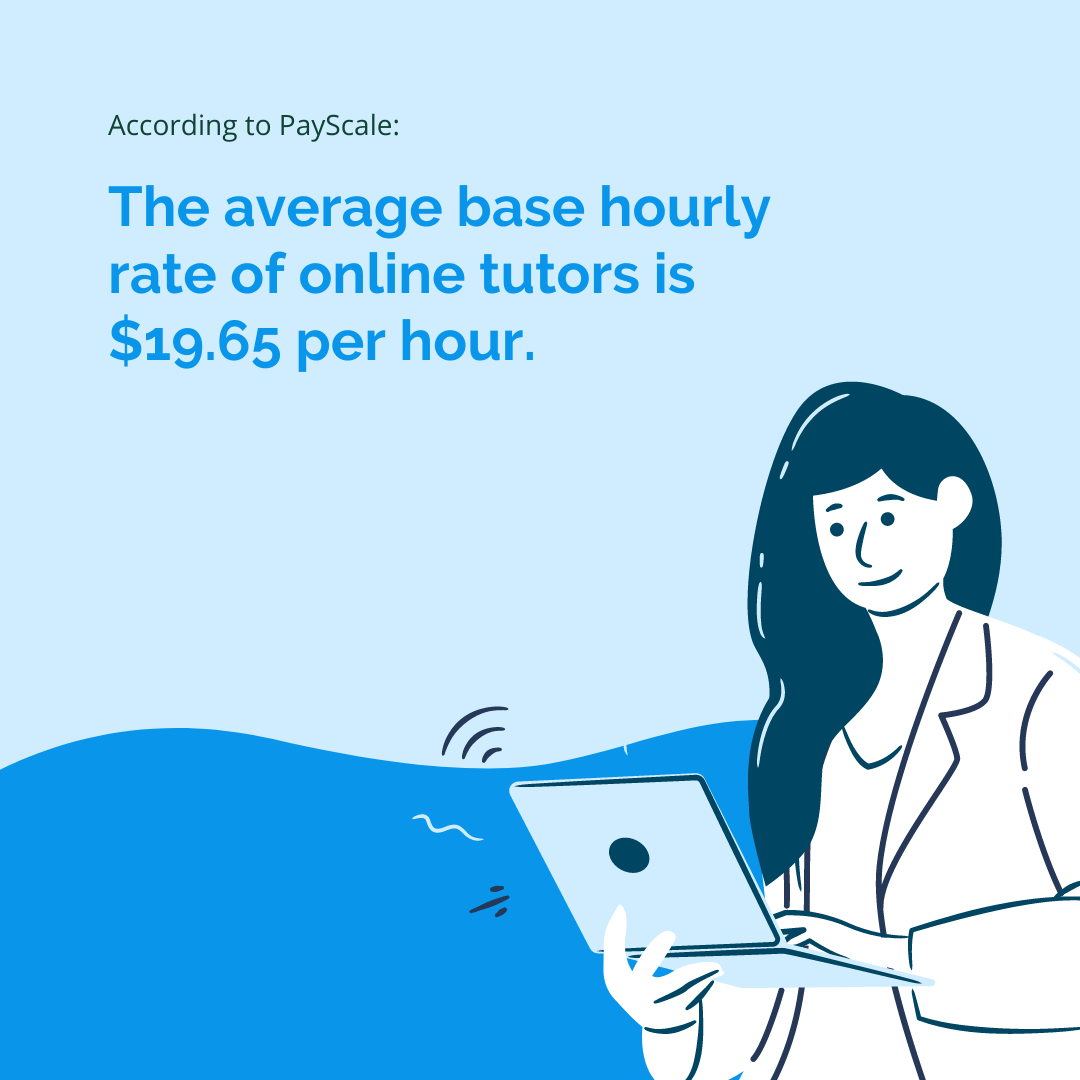
Depending on your education level, experience, location, and the subject matter you teach, you can expect to charge between $10 and $100 per hour.
If you’re interested in tutoring online, there are many tutoring platforms you may be able to join. The following sites can be a great jumping-off point for beginners:
Tutoring is a great choice for those who need some flexibility in their schedule but still enjoy the personal (albeit remote) interaction that teaching provides.
Becoming an Educational Writer/Editor
If tutoring or teaching directly isn’t for you, you can also earn money by writing or editing educational materials.
The teaching world is always in need of writers who understand educational frameworks, trends, and curriculum needs—and those who can explain complex topics in an easily digestible way.
It’s not all about writing standardized test questions or elementary reading books, either; educational writing is as varied as any other niche.
You might help create:
- Lesson plans
- Textbooks
- Encyclopedia entries
- Workbooks
- Web-based lessons
- Quizzes and tests
- Enrichment booklets and articles
- Lab activities and handbooks
In order to be an educational writer in the U.S. public school system, you’ll need to have a handle on publishers’ guidelines.
Most require you to be intimately familiar with The Chicago Manual of Style and be able to write consistently at your audience’s grade level.
You’ll also need to follow the publisher’s guidelines meticulously since most educational materials are carefully outlined ahead of time to match state curriculum standards and educational trends.
Creating an Online Course
Finally, another excellent way to make money teaching online is by creating an online course.
This option has a high potential for income; in fact, there are many online teachers who earn thousands per month by selling online courses alone.
In 2017, Teachable compiled data from more than 100,000 of its users and found that it is not uncommon for online course creators to sell $50,000 to $75,000 in online courses within the first couple of years.
Many course instructors create multiple courses in order to ramp up revenue—however, that is not absolutely necessary to earn an income.
The key to successful course creation is to understand how to market your course effectively, niche down and find the right audience for your course, then structure the course well so that it’s effective for users.
More on that process below!
Step by Step of Making Money Teaching Online
Creating online courses is a great way to earn an income by creating evergreen content that sells on an ongoing basis.
Still, that doesn’t mean it’s a “passive” way to make money—on the contrary, it means doing a lot of work on the front end to create a marketable and useful product.
1. Develop the Right Skills
If you’re already a teacher, you probably already understand this concept too well: in order to teach effectively, you need to be a full-time learner yourself.
Teaching well means developing the right skills—and continually educating yourself about both your chosen topic and about education in general.
Some of the most important skills for teachers to develop (besides expertise in their subject area, of course) include.
Communication
When you teach online, you don’t have access to in-person visual cues to help you assess a student’s progress and reach out for additional help.
You also don’t have the luxury of answering questions immediately or clarifying something quickly in person.
This means that your communication, from the written content to your emailed responses, needs to be clear and concise from the start.
Flexibility
Online teaching presents many new challenges that traditional in-person teaching does not.
You’ll need to be agile and quick on your feet to come up with innovative ways to nurture a sense of community among your remote students, anticipate problems in a virtual setting, and manage deadlines remotely.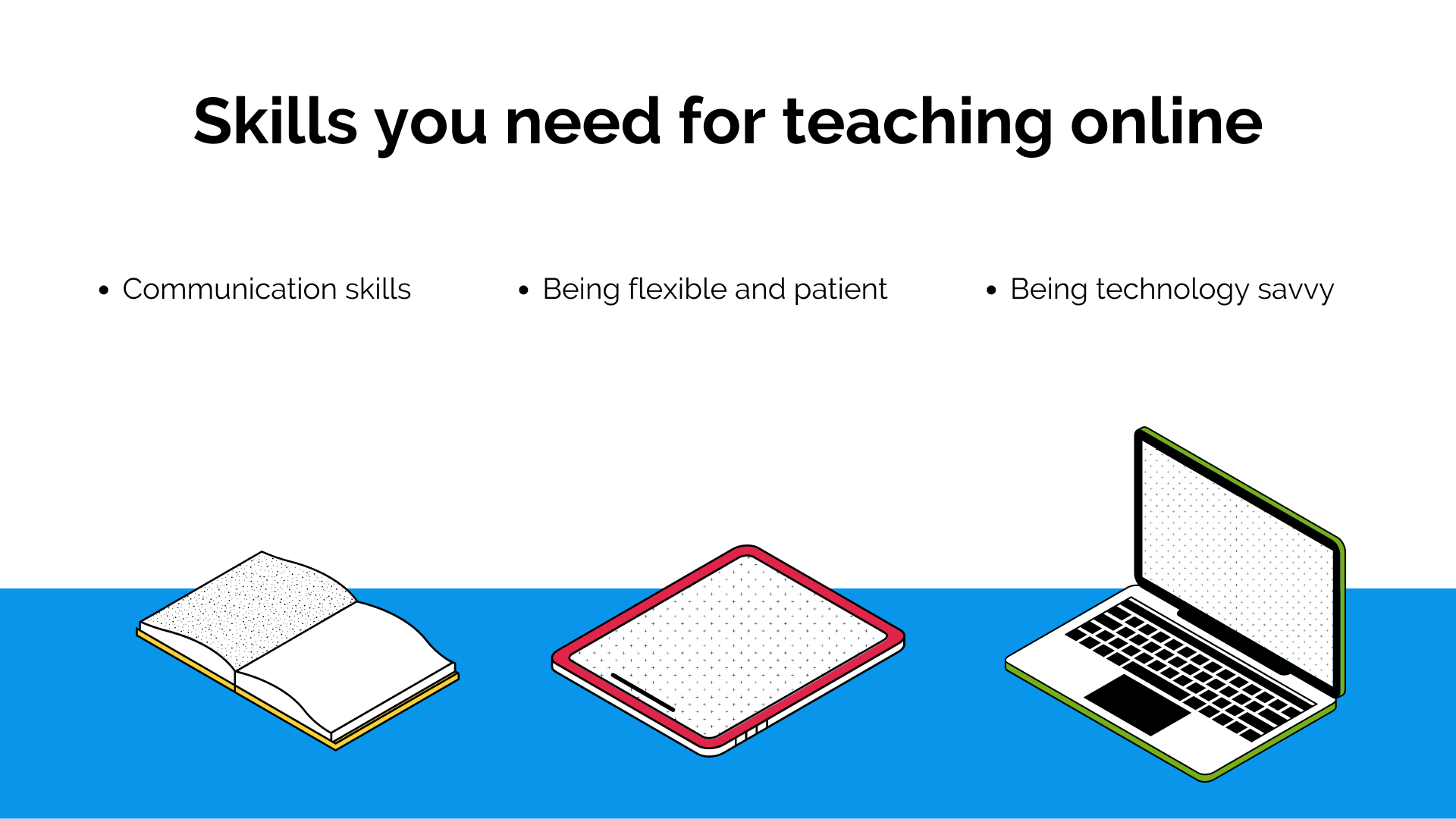
Allow yourself room to grow, and don’t be afraid to experiment with new teaching methods and learning pathways.
Technological Skills
In order to teach online, you’ll need to master more than public speaking, answering questions, and grading tests.
You’ll also need to know how to use course platforms, social media, and content creation technology.
For instance, you may need to create educational videos and employ interactive games and quizzes. And what about virtual conferencing, screen-sharing, and online forums?
The technological world of online education is always evolving, so you’ll need to stay on top of the latest trends and innovations to keep your courses relevant and engaging.
2. Choose a Topic
You’ll need to settle on a single, compelling topic for your course to cover. To get started brainstorming, ask yourself the following questions:
- What is your area of expertise?
- Do you have any “success stories” from which you could teach a lesson?
- What do your friends and family always ask for your advice about or help with?
- What are you passionate about (what could you talk about or research for days on end)?
We suggest choosing something narrow and well-defined for a specific target audience.
You may be passionate about nutrition, programming, or marketing—but you’ll need to niche down even further if you want your course to stand out from the competition.
For instance, selling a course entitled “Marketing Basics” will mean competing with all the other marketing courses out there.
Unless you’re so well-known in your field that thousands of students will line up to learn from you, it’s rather unlikely that your course will gain much traction.
On the other hand, a course like “Instagram Marketing for Wedding Photographers” is designed for a targeted group of people. The topic is also narrow enough to cover in a single course.
Therefore, prospective students can reasonably expect that if they purchase the course from you, they’ll come away from it with in-depth, actionable knowledge.
3. Make Sure It’s Profitable
Unfortunately, merely choosing a topic you’re familiar with and passionate about isn’t always a guarantee of success.
You also need to do some market research to ensure the topic you choose will be of interest to more people than just yourself.
Reach out to your network—friends, family, and on social media—and ask them for advice.
That can mean asking them what topics they’d love to learn about, or problems they’d like help solving. Or, you can approach your network with your ready-made ideas and ask for their feedback.
You can also do keyword research by plugging your topic idea into Google’s search bar and looking at the “People Also Search” box.
Alternatively, take it a step further and use tools like Google’s Keyword Planner, BuzzSumo, or Answer the Public to find out what real people are searching for and how much demand there is for information on that topic.
4. Get the Right Equipment
The technical complexity of your course will depend on your own comfort level with technology—and the kind of online course you’re creating.
At the most basic level, you’ll simply need a computer with internet access so that you can create and upload content, as well as communicate with students in real-time or via email.
If your course is going to be minimalistic, a word processor may be all you need beyond your course-hosting platform of choice.
However, if you plan to record videos or host live lectures, you’ll also want a camera and microphone. Your computer’s integrated webcam should suffice, but if not, you may want to consider purchasing an external camera for online teaching.
As for microphones, the Blue Yeti Microphone and Audio Technica AT2020 USB are two of the most popular and easy-to-use microphones on the market.
For the more complex multimedia materials (such as videos, podcasts, and presentations), you may also want to invest in video-editing or sound-editing software to help deliver a polished product for your students.
5. Pick a Platform
There are a plethora of course hosting platform options available, and each is geared towards a different content creator.
Some are best for corporate course creators, while others are better fits for small businesses and individuals.
When choosing an online platform, make sure to consider which virtual learning option will best suit your needs.
First of all, will your course be self-guided, or will you need to facilitate interactions between participants?
If it’s the latter, you’ll want a platform that includes digital spaces for virtual discussions, video chats and general online interaction—as well as assignment submission and assessment capabilities.
Also, how important is it to be able to customize the content?
You may want to designate certain modules or lessons as required reading and others as bonus material. Or perhaps you’d like to add innovative multimedia content or adjust the points system for a quiz.
What about registration and payment options?
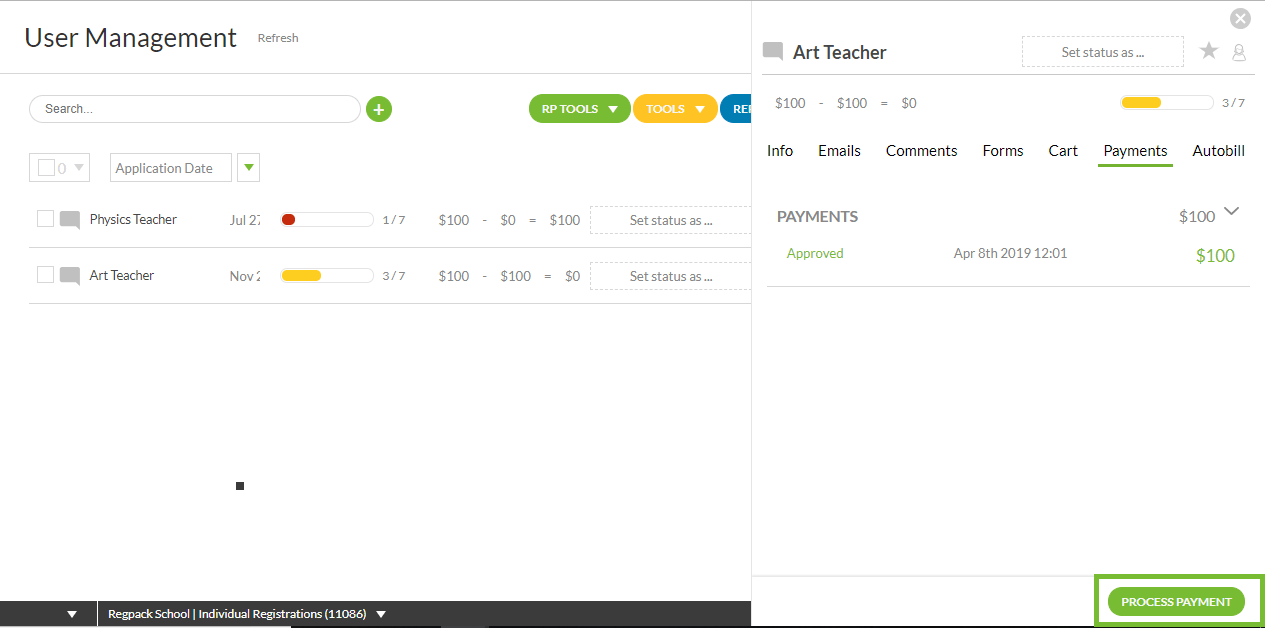
Remember that an onboarding process that is buggy or too complicated can turn away prospective customers at the final stage of your sales funnel.
Make sure the platform you choose matches the vision you have for the content, usability, and layout of your course.
Here are a few of the best online course platforms available today:
Thinkific
Thinkific is a versatile and customizable platform that allows course creators to upload videos, downloadable files, and interactive media.
The wide variety of options it offers has made it quite popular among educators.
It does have a steep learning curve, however, and isn’t always the best choice for the less tech-savvy users.
Teachable
A user-friendly course platform that accepts a variety of media types and lets course creators use customized branding.
While the platform handles much of the background work of uploading and maintaining the course, it sacrifices a great deal of customizability.
However, users who prioritize simplicity of use will find it preferable to some other options.
Regpack
Regpack is an online event registration software that allows online teachers to register students for their courses, manage students’ accounts, and choose from multiple payment options.
Course creators can upload multimedia content and pre-recorded videos as well as live streams.
Regpack also offers a centralized registration database that includes your custom branding.
6. Build a Customer Base
An essential step in the course creation process is effectively marketing your finished product.
Ideally, your promotional efforts will begin long before you complete your course; you’ll want a solid customer base rearing to go as soon as you hit “publish.”
Where do you find new customers, you ask? By taking advantage of every channel available to you.
Reach out to your current audience and network via email campaigns announcing the new product.
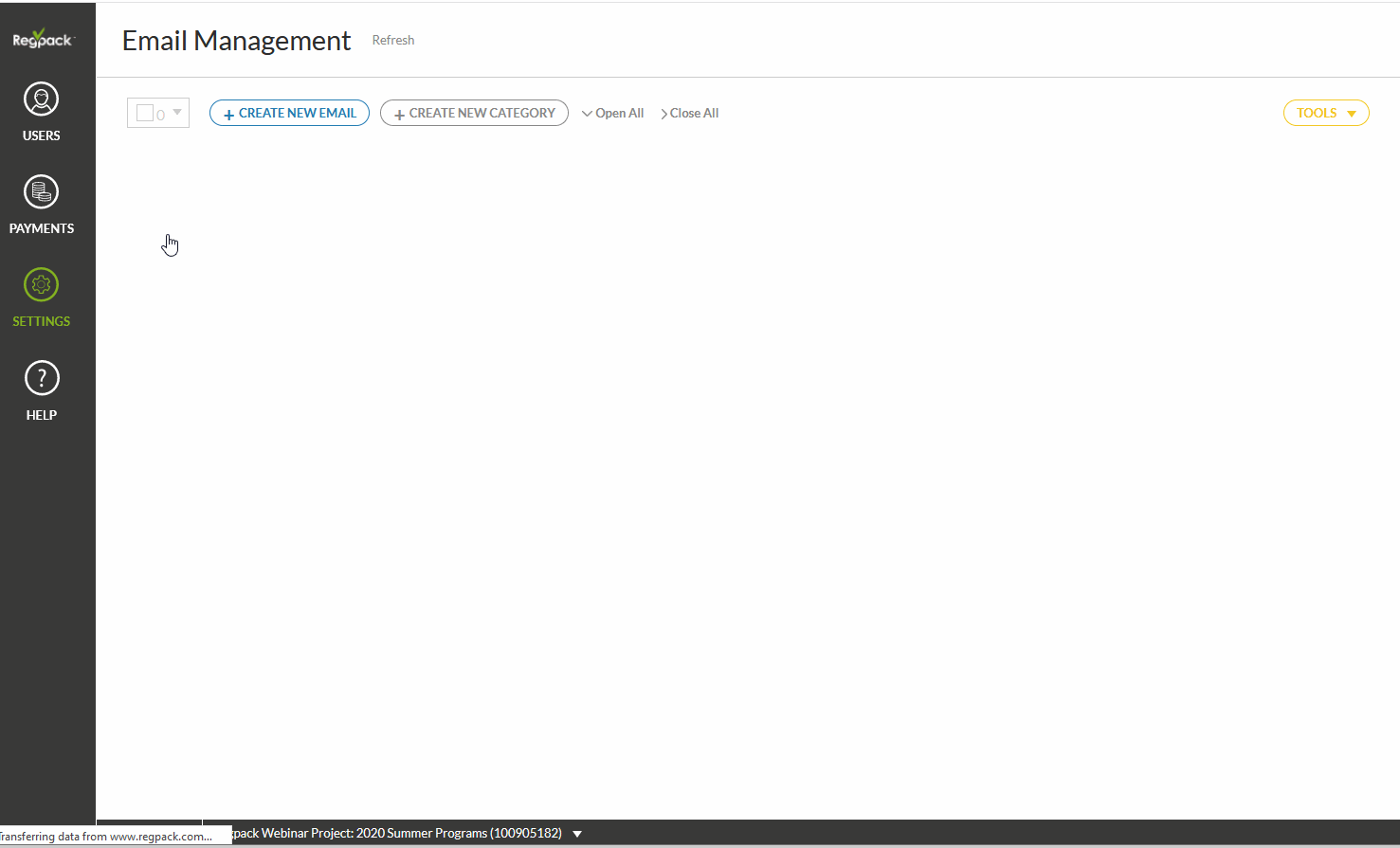
Promote the course on your company blog—and if possible, build the course its own website (or landing page within your existing website). Treat your online course like you would any product launch.
Post about the upcoming or recently-published course on social media frequently.
Be sure to draw a clear line between your course and the value it offers your audience. What problem will it help them solve?
7. Set a Price
And finally, one of the most difficult decisions you’ll make when designing an online course is determining a price.
There are several factors that go into a well-priced course, such as the length of the course and the amount of content it contains.
Also, how unique is the course? Is the course topic a dime a dozen? If so, customers may not be willing to pay a premium for your content.
In the same way, consider the proposed return on investment (ROI) for the students.
If what they’ll learn from you will garner them exponential value, they’ll probably be willing to pay a higher price.
Also, consider what level of return on your own investment would be acceptable. How much money have you invested into the course creation? What kind of overall income would be an acceptable minimum after all your efforts?
Different Monetization Models for Teaching Online
As you might imagine, there are almost as many ways to make money from teaching online as there are types of online courses.
However, most creators use a form of one of the following monetization models:
- One-time payment — Many instructors simply charge students money to sign up for individual courses. If you’re thinking of creating a one-off class, it makes the most sense to give it a price tag and let students sign up and pay in advance.
- Membership or Subscription — If you’re considering creating several online courses, consider charging students a recurring membership fee for access to your website or a membership area. That way, they can access your course materials for a regular flat fee.
- Certification — If you’re in a position to provide certification (for instance, if you’re an authority in your field), consider offering classes for free, but charging for the certificate. Students are likely to be willing to pay for the document from you.
- Premium Access — Many course creators differentiate the ‘basic’ content from ‘VIP’ access content, which they charge additional fees to access. This premium content might be advanced tips, interviews with industry experts, or personal coaching.
The monetization model will depend on the kind of content you offer and your goals for the course.
Make Money Teaching Online with Regpack
Modern education is no longer limited to a dusty classroom or crowded university hall.
Course creators like you are tapping into their potential every day to share their knowledge and expertise with an audience—and the market for online course content is only growing.
If you’re interested in making money through teaching online, lean on your communication and technical skills, as well as flexibility, to create an innovative course that will engage your students.
Choose a specific topic that’s profitable—and one that you’re passionate about.
Finally, don’t forget to choose a hosting platform that will show your course in the best light.
To learn more about Regpack’s software and how it can help you reach your monetization goals, sign up for a free demo today!


















